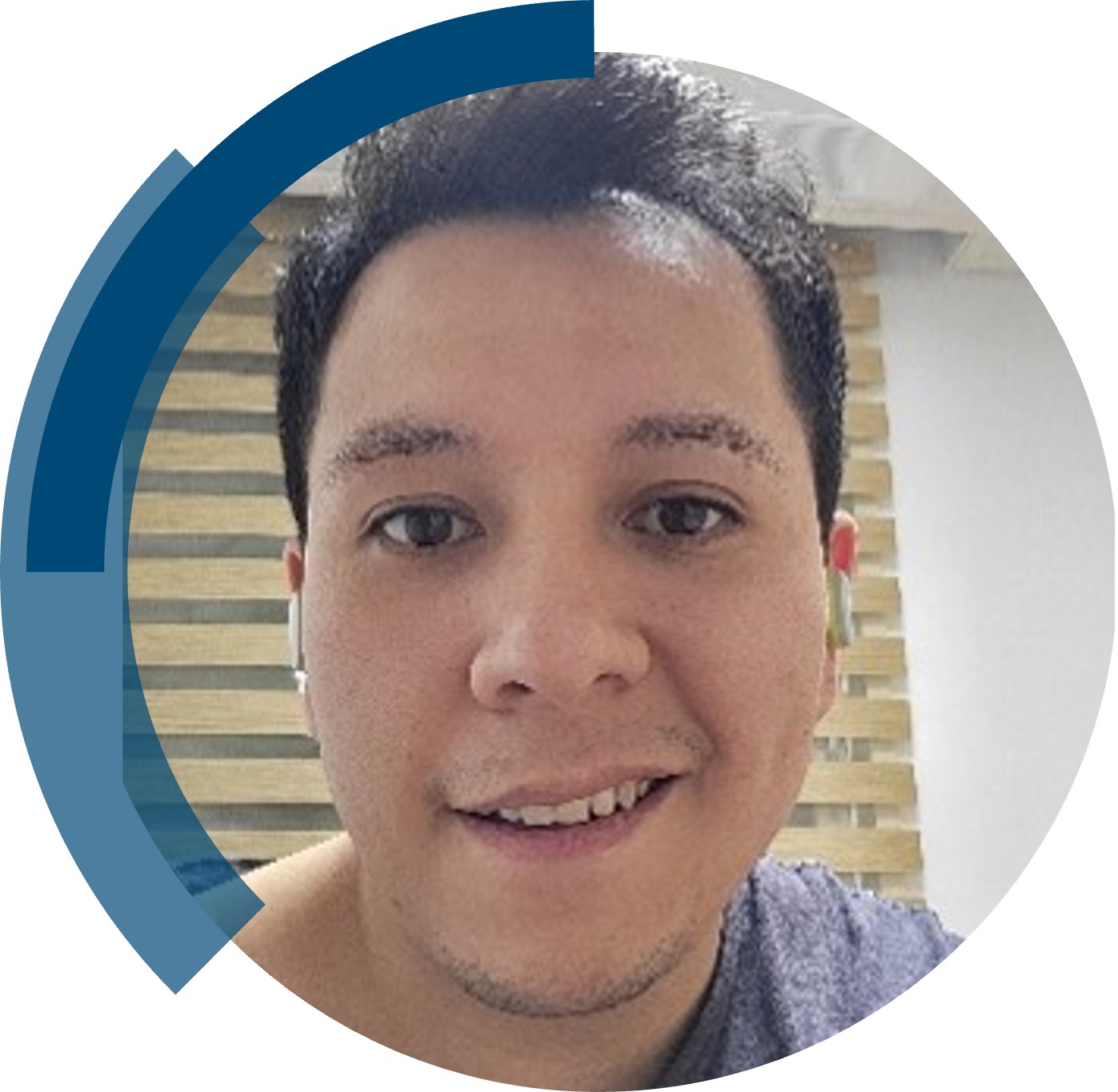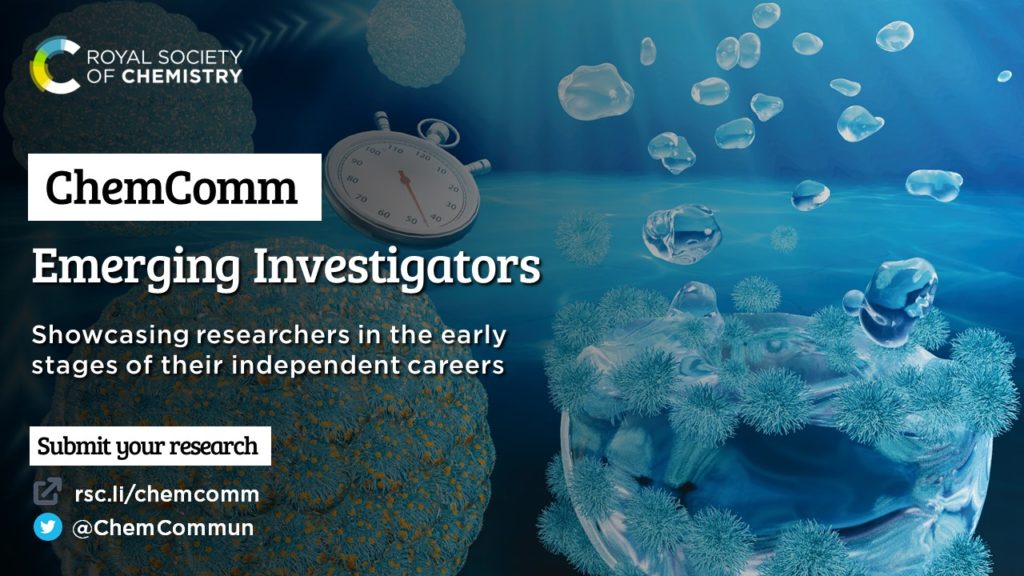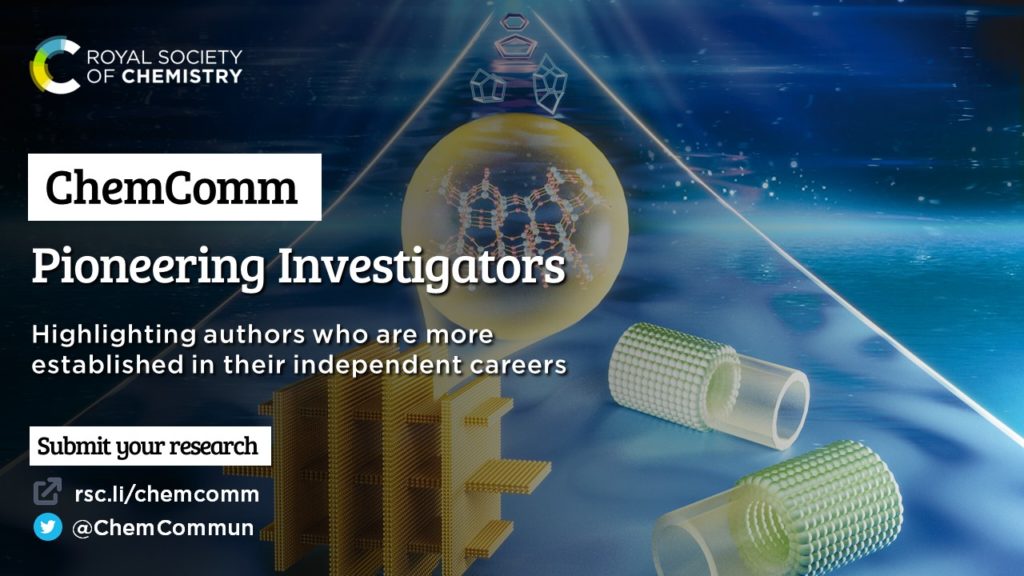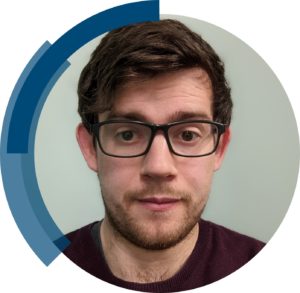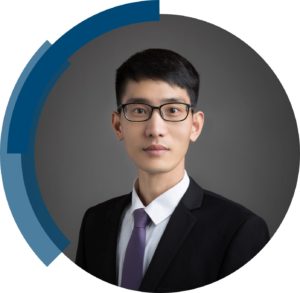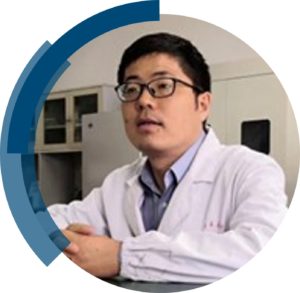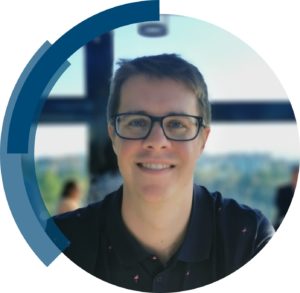We are excited to share the success of Shi-Qiang Wang’s first-time independent article in ChemComm; “Adsorbate-dependent phase switching in the square lattice topology coordination network [Ni(4,4′-bipyridine)2(NCS)2]n” included in the full milestones collection.
Read our interview with Shi-Qiang below.
What are the main areas of research in your lab and what motivated you to take this direction?
My research focuses on crystal engineering of metal-organic materials (PCPs/PCNs/MOFs) for gas storage, water sorption and hydrocarbon separations. In particular, the unusual “switching” behaviour of a series of square lattice coordination networks has fascinated me to work on this field.
Can you set this article in a wider context?
Gas storage is an important but energy-intensive process in industry. Although porous physisorbent materials hold significant promise in addressing this matter, they suffer from relatively low working capacity due to the Langmuir (type I) sorption isotherms. Flexible/switching coordination networks or MOFs featuring stepped sorption isotherms may provide higher working capacity and better thermal management than rigid sorbents with type I isotherms. However, their responsiveness to different adsorbates remains largely understudied.
In this work, we report the sorption properties of nine gases (N2, CH4, CO2, C2H2, C2H4, C2H6, C3H4, C3H6, and C3H8) for a prototypal switching coordination network, [Ni(4,4’-bipyridine)2(NCS)2] (sql-1-Ni-NCS), which exhibits adsorbate-dependent switching pressures and sorption uptakes. The primary message from this study is that nonporous materials (as determined by their crystal structures and/or 77 K N2 sorption data) should not be discarded as candidates for sorption-based applications as they may exhibit exceptionally high gas sorption working capacity through a phase switching mechanism.
What do you hope your lab can achieve in the coming year?
In the coming year, I hope we can develop a simple and cheap, sustainable and environment-friendly method for manufacturing functional metal-organic materials in large scale that meet the needs of industry and society. We are also open for potential collaborations from different perspectives to make the world better together.
Describe your journey to becoming an independent researcher.
I started my “chem journey” since I was an undergraduate at Hebei University (2009-2013) where I learnt fundamental knowledge of different chemistry disciplines (e.g., Inorganic, Organic, Analytical, and Physical Chemistry). I then majored in Inorganic Chemistry for my Master’s degree (2013-2016) and conducted systematic research under the supervision of Prof. Xiang-Jian Kong and Prof. La-Sheng Long at Xiamen University. I worked on 3d-4f metal clusters and studied their magnetism and chirality.
Although I changed my research topics to higher dimensional (2 or 3D) metal-organic materials during my PhD study, the skills I have learnt previously helped me a lot. Under the guidance of Prof. Michael Zaworotko at the University of Limerick (2016-2022), I developed a family of 2D switching coordination networks that can be potentially used for gas storage and hydrocarbon separations. Afterwards, I was fortunate to have the opportunity to work with A/Prof. Dan Zhao as a Research Fellow at the National University of Singapore where I worked on advanced porous materials for air dehumidification.
Recently, I joined the Institute of Materials Research and Engineering (IMRE), which is a leading research institute of the Agency for Science, Technology and Research (A*STAR), Singapore. As a Scientist at IMRE, I will continue my research, which is already part of my life, and hope to discover more advanced materials for real-world applications.
What is the best piece of advice you have ever been give?
Negative results can be also informative and should not be just laid aside and neglected. Unfortunately, it is common that researchers are keen on publishing the best results and pursuing new records, while it is also meaningful and important to mention what they have tried or failed before reaching the targeted goals.
Why did you choose to publish in ChemComm?
My first first-author paper was published in ChemComm in 2018 (https://doi.org/10.1039/C8CC03838D), and I was impressed by its rapid publication, excellent reputation, and broad audience. It thus prompted me to submit my first independent research (https://doi.org/10.1039/D2CC06549E) to ChemComm as well.
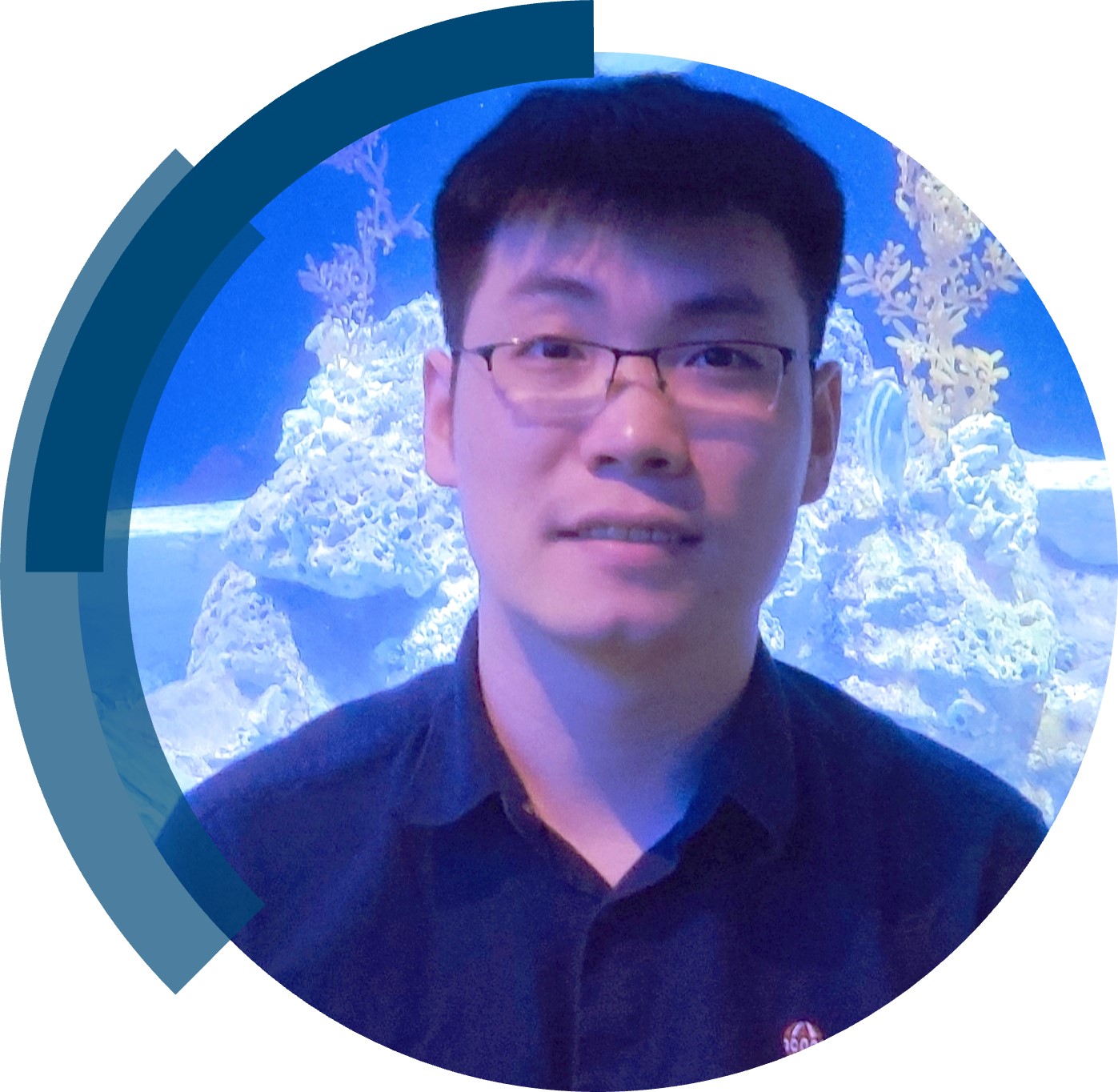 |
Dr. Shi-Qiang Wang (MRSC) is currently a Scientist at the Institute of Materials Research and Engineering (IMRE) under the umbrella of the Agency for Science, Technology and Research (A*STAR), Singapore. Before moving to IMRE, he served as a Research Fellow (2022.03-2022.10) in the Advanced Porous Materials Group (PI: A/Prof. Dan Zhao) at the National University of Singapore (NUS). He completed his PhD (2016.09-2020.06) and continued as a Postdoctoral Researcher (2020.08-2022.03) in the Crystal Engineering Research Group (PI: Prof. Michael Zaworotko) at the University of Limerick (UL), Ireland. He won two “Young Scientist” conference Awards sponsored respectively by the European Crystallographic Association and the International Union of Crystallography in 2018/2019 and the 2020 Chinese Government Award for Outstanding Self-financed Students Abroad. You can reach out to Shi-Qiang on Twitter: @ShiQiang_SQ, WeChat: sqwang0123, LinkedIn: https://www.linkedin.com/in/sqwangchem or his personal website: https://sqwangchem.com/
|
Explore more ChemComm Milestones news and updates on our Twitter: @ChemCommun












